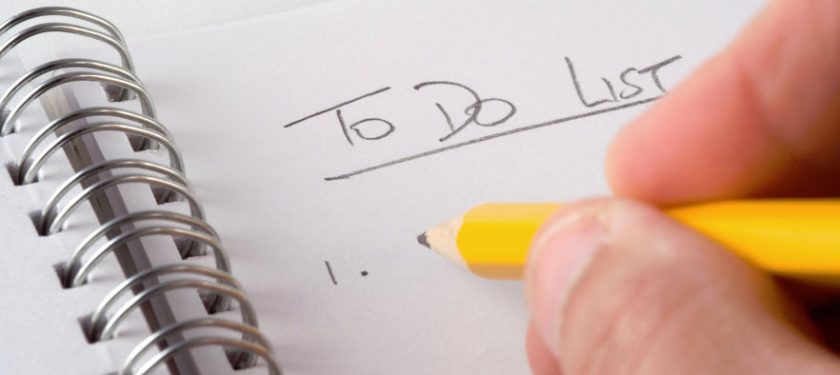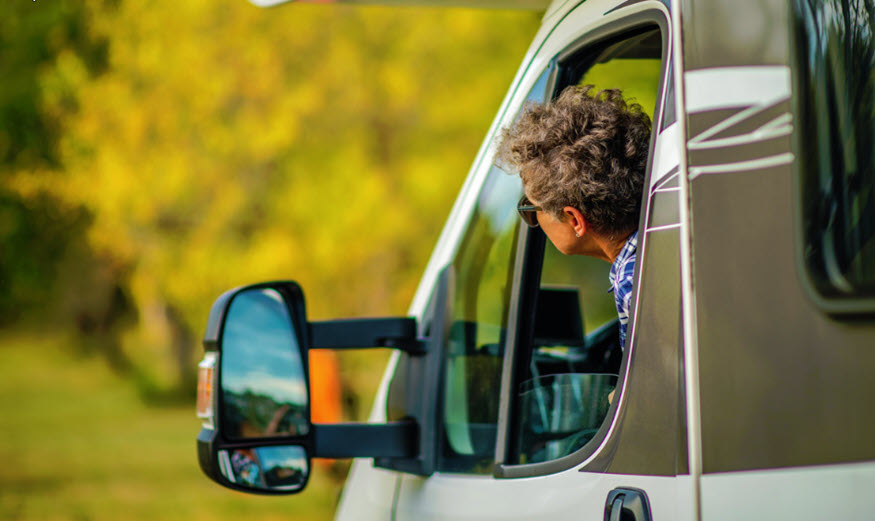The key to avoiding problems in the first place is through a checklist of reminders.
One of the most common reasons that people have to make claims on their RV insurance is that they forgot to take a simple, minor, but crucial step to prevent problems from happening along the way.
Many people believe that because motor homes are parked so long that there is no real risk.
The truth is that although the lower the road time in these vehicles, the lower the risk of damage, as long as it is out in the elements, an important risk continues to exist through exposure to several different types of issues. However when all is said and done, there are two notable trends regarding RV insurance. They are as follows:
• Most claims occur at the beginning of the RVing season or within the first three months of ownership of the vehicle. This is due to the size and subtleties of this type of vehicle. The majority of drivers are not accustomed to the necessary clearance, wide angles, and overall space required for maneuvering their recreational vehicles.
• Experience doesn’t reduce the chance of RV insurance claims but merely changes their nature. The more the experience, the less of the chance there will be that the vehicle will have been accidentally driven into something or scraped in an area where the clearance was not adequate. Instead, the odds increase for claims that have to do with forgetting to take important steps. For example, forgetting to lock the door, neglecting to unhook the plumbing and utility connections, or leaving the awning down.

The best way to work around this is to create a written RV insurance claim avoidance list.
It can include the following and any other points that must be completed to keep the vehicle and all of its various elements in tact:
• Check the battery charge
• Check the fuel levels
• Check the tire pressure and fluids
• Check the wheel lug nut torque
• If necessary, check generator and propane tank levels
• Make sure all items inside are secured, cabinets are latched and surfaces are clear
• Turn off the air conditioning
• Close the awning and lock/latch it
• Close the windows and roof vents
• Check the slides for debris and water, close and lock them
• Make sure the refrigerator is running on DC or shut off
• Water hose, sewer hose, cable, electricity, and phone disconnected
• Verify that the water pump is off
Make sure to continue to add to this list to ensure that every step is covered, and, just in case, review your RV insurance and keep it up to date.

